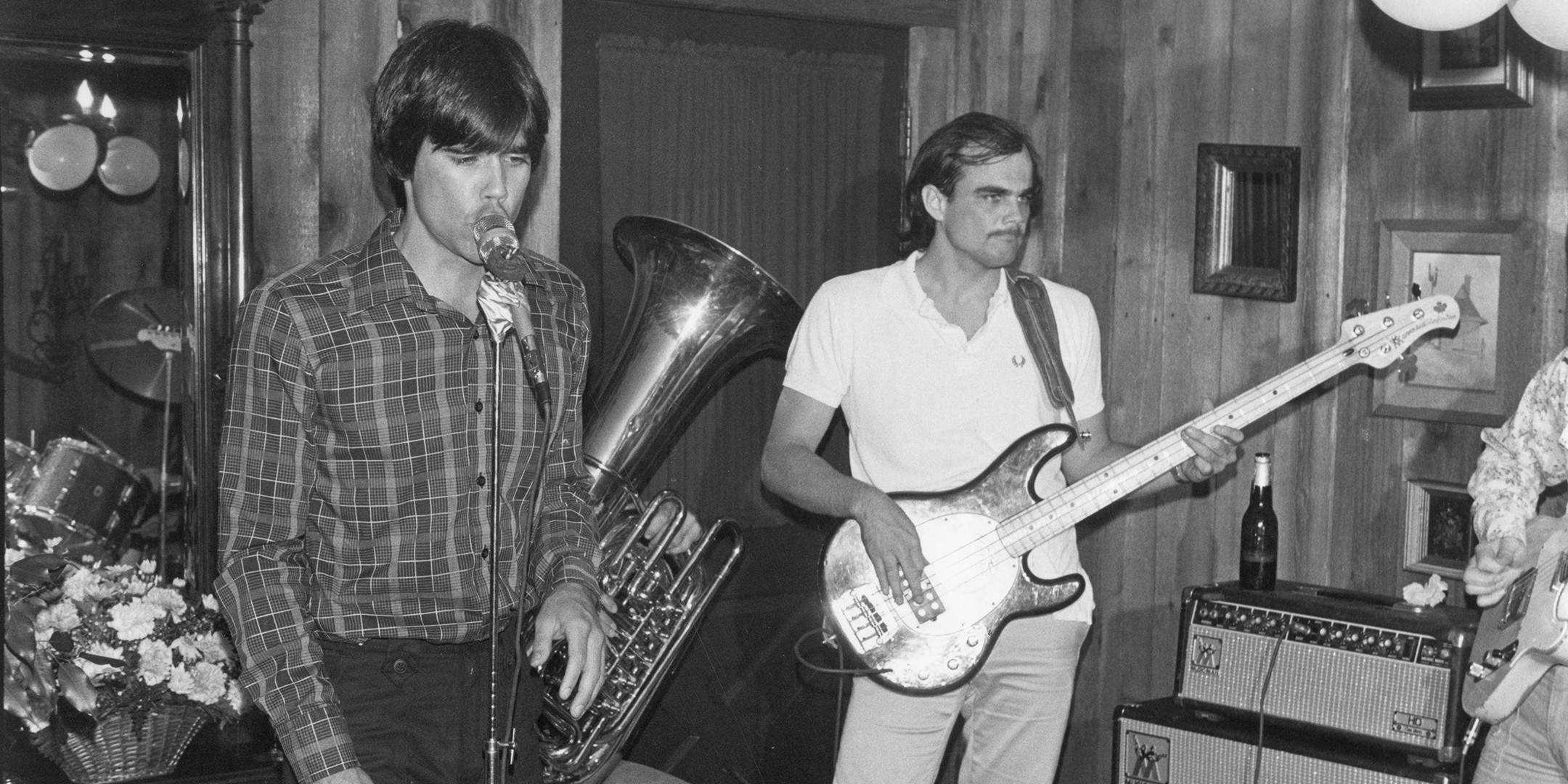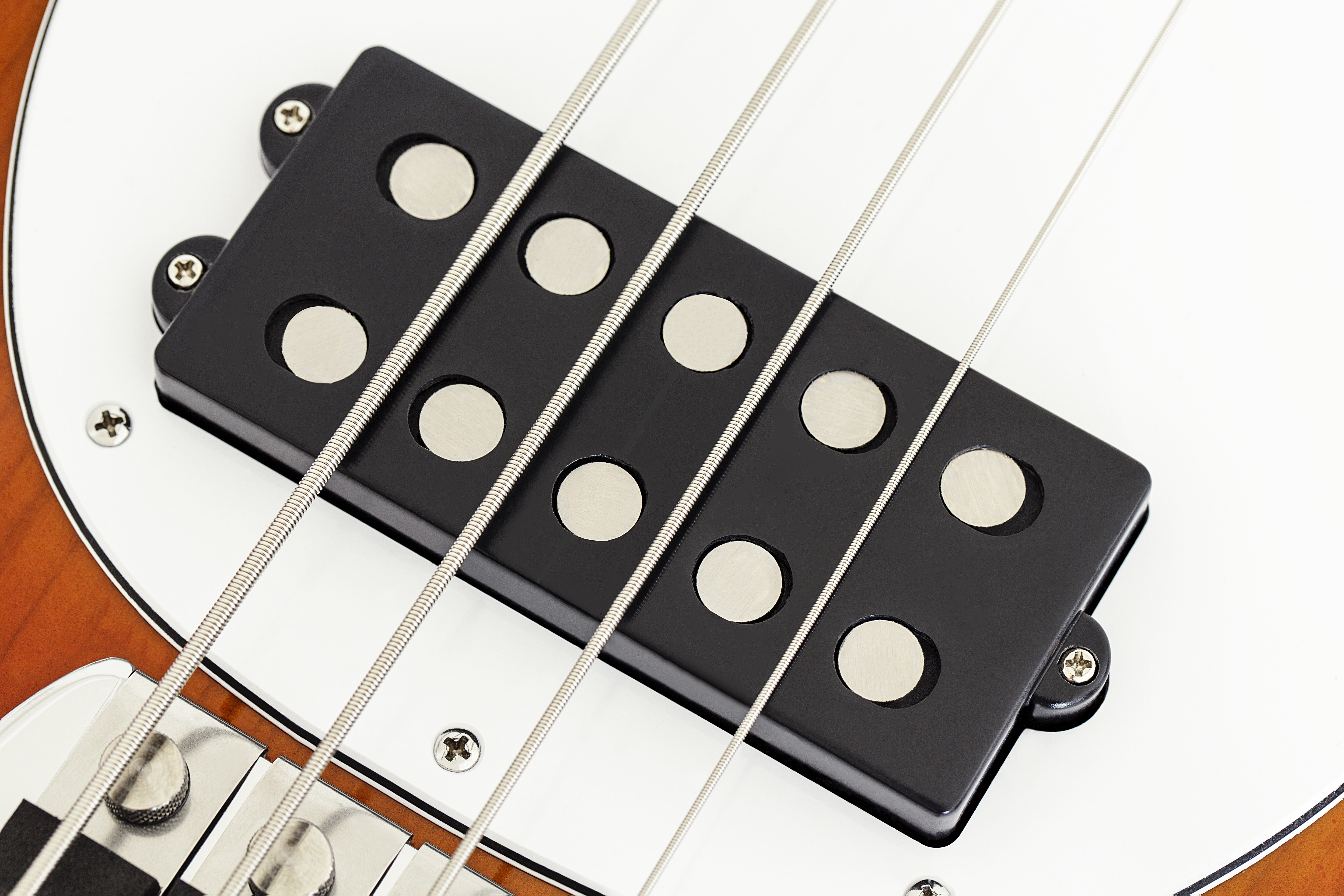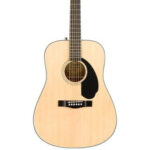By Sterling Ball, CEO of Ernie Ball Music Man.
My journey with the iconic Music Man Stingray Bass Guitar began in my late teens, in an era where “beta testing” was known as “bandstanding.” Working directly with Leo Fender himself, this process involved rigorously road-testing his instruments during live performances and jam sessions, providing honest feedback after putting them through the paces in real-world musical environments. My connection to Leo and the Fender legacy runs deep. My father, a pioneering dealer and endorsee, had been a beta tester for Leo from the late 1940s through the 1960s. Adding to this lineage, my godfather, Tommy Walker, was a founding partner in Music Man. I believe Leo valued my perspective because I represented a younger, “rock” sensibility compared to his older, country-oriented peers. Crucially, I wasn’t afraid to voice my true opinions to Leo, a trait he seemed to appreciate.
The fundamental concept for the StingRay bass was already taking shape in Leo’s mind. He was set on the distinctive 3+1 headstock for visual differentiation and favored powerful, humbucking pickups with large magnets. However, his real passion lay in the bridge, featuring robust stainless steel barrel saddles. During visits to “The Lab,” Leo would demonstrate the bridge’s resonance by having you place a Phillips screwdriver on the saddle and the pin end against your ear cartilage. Plucking a string while in this position allowed you to feel the intense vibrations transmitted through the screwdriver. Feeling the string’s resonance was paramount to Leo, especially given his hearing impairment, which inadvertently led to the bright sonic character of his 1970s instruments. What sounded perfectly balanced to him was, coincidentally, ideal for the burgeoning slap bass technique that was gaining popularity.
 Sterling Ball playing the original “Old Smoothie” bass
Sterling Ball playing the original “Old Smoothie” bass
Sterling Ball puts the original “Old Smoothie” bass guitar through its paces, showcasing its enduring playability and tone.
After each testing phase, I would report my findings to Leo and Tommy. Their subsequent debates about potential modifications often led to lively discussions, where my feedback sometimes served as the deciding vote. Regarding the StingRay, my initial impression was that it leaned towards being overly bright and aggressively hot, frequently pushing amplifiers into overdrive. The exceptionally strong magnets posed another issue: when playing higher up the neck, particularly on the E and A strings, they seemed to interfere with the strings’ natural vibration, slightly muting the sustain.
We addressed many of these initial challenges through iterative refinements, yet I still felt the bass possessed a slightly too assertive character. To provide a comparative reference, I brought in my vintage 1958 Precision bass. After A/B testing the two instruments, Leo’s response was immediate: “I have an idea, come back next week.” Upon my return, I was presented with a raw body bass featuring a groundbreaking pickup design: five sets of pole pieces, with the strings positioned between the magnets rather than directly over them. Both Leo and I were immediately captivated by the resulting tone. Leo christened this prototype “Old Smoothie” due to its warm, rounded sound.
 40th Anniversary StingRay bass pole pieces
40th Anniversary StingRay bass pole pieces
A detailed view of the innovative pole piece configuration on the 40th Anniversary Music Man StingRay bass guitar, reminiscent of the “Old Smoothie” prototype.
The ensuing discussions revolved around which bass design to release to the public. Ultimately, Leo personally crafted “Old Smoothie” for me. It featured a unique brownish-burst finish and an exceptionally thick, almost sticky finish on the neck, bordering on a fretless feel. Despite these unconventional aspects, I was instantly enamored with it. My sole modification was adding a small Canadian maple leaf fabric sticker to the headstock – an unexplained impulse that I simply felt enhanced its aesthetic. “Old Smoothie” became my primary bass, seeing exclusive use until my family acquired Music Man.
 The original Old Smoothie Music Man Stingray Bass Guitar
The original Old Smoothie Music Man Stingray Bass Guitar
The original “Old Smoothie” Music Man StingRay bass guitar, adorned with the maple leaf sticker, a testament to its unique history and character.
Today, the original “Old Smoothie” resides securely in our vault, occasionally making appearances during factory tours. Over the years, we’ve consistently received requests to reissue it. My answer had always been no, until the 40th anniversary of the StingRay approached. It felt like the opportune moment to honor this legacy. When our engineers meticulously disassembled the original “Old Smoothie” to understand its construction for replication, they discovered a poignant note from Leo tucked inside the neck socket:
“For Sterling, from Leo.”
A sentiment that truly encapsulates the collaborative spirit behind the Music Man StingRay bass guitar.
Ernie Ball Music Man “Old Smoothie” StingRay Bass: Celebrating 40 Years
To commemorate four decades of the StingRay’s impact, the 40th anniversary Ernie Ball Music Man StingRay bass was released, initially in two updated finishes for Spring 2017: Mint and Butterscotch. This anniversary edition pays direct homage to the “Old Smoothie” prototype, bringing its unique sonic character and historical significance to a wider audience.
To delve deeper into the StingRay bass design’s complete backstory, watch Sterling Ball recount the full narrative and experience the demo video showcasing its sound. To explore the 40th Anniversary StingRay and find an authorized dealer, please visit: http://musc.mn/1RpppyJ

